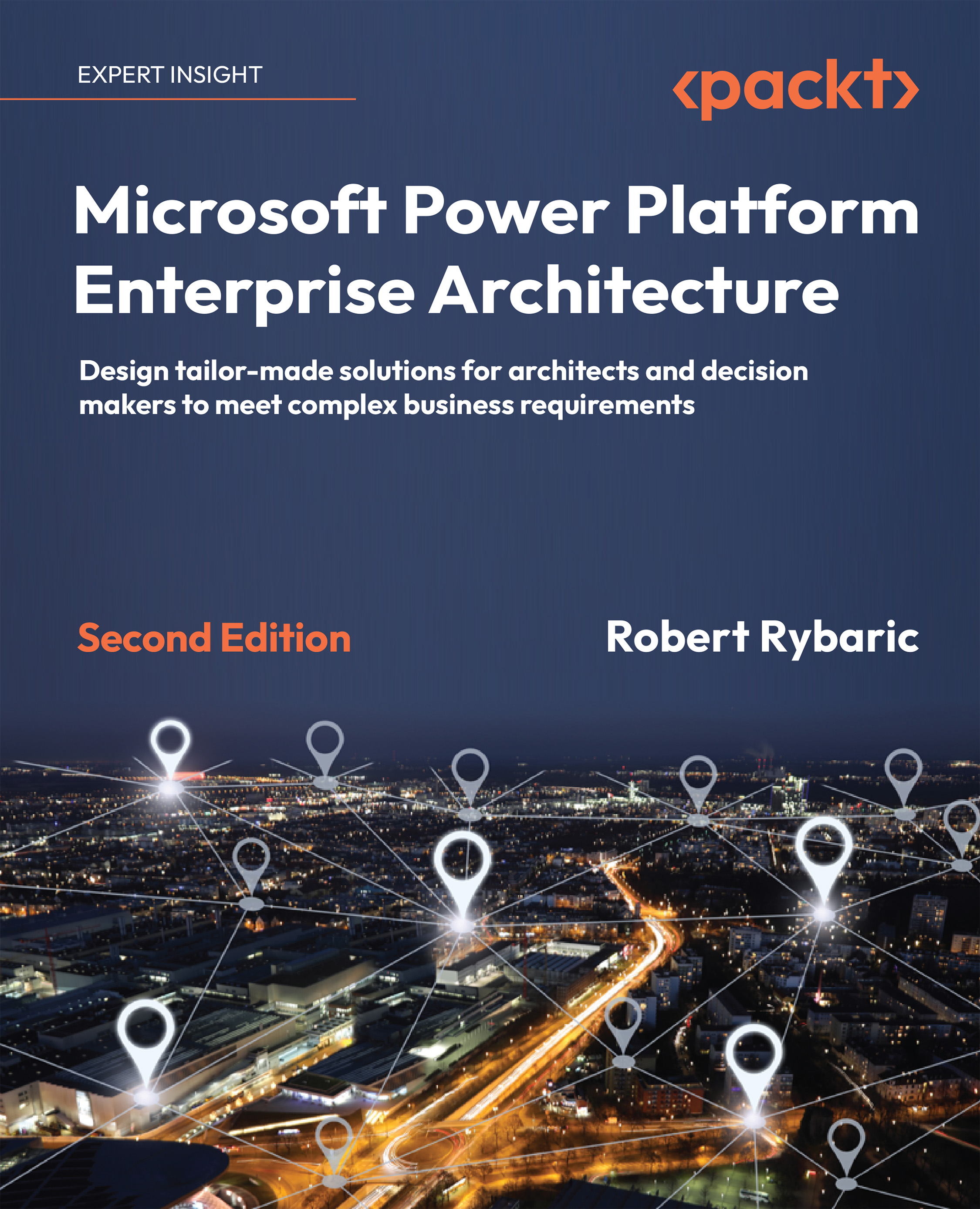Summary
In this chapter, you learned a lot about Power Platform security, authentication, and authorization, as well as the different types of identities and the integration options available within an on-premises Active Directory. You also looked at the different ways to authenticate external users. After that, you analyzed the various authorization concepts in the Power Platform components and learned about compliance, privacy, and data protection.
With this knowledge, you should be able to define a security architecture for your own Power Platform solution, choose the best Active Directory integration, and benefit from the various AAD security options. Furthermore, you should be able to configure the authorization of all Power Platform components you plan to use and leverage for security best practices.
Now that we can design the security architecture of the solution, in the next chapter, we will focus on the client-side and server-side extensibility options of the Power...

































































